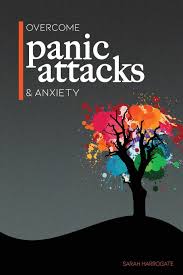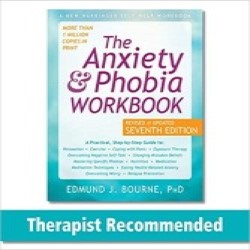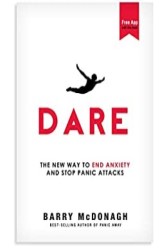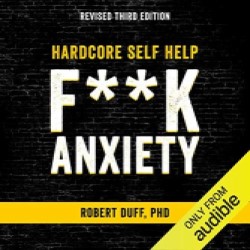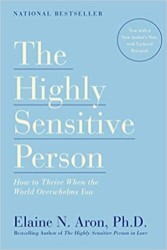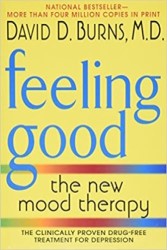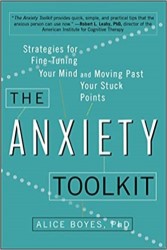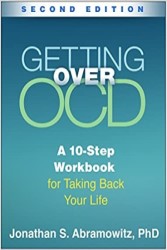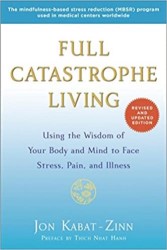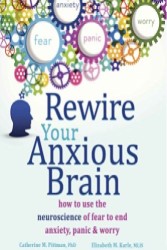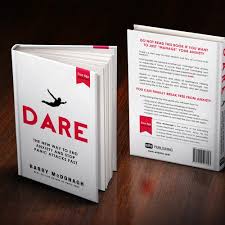Anxiety is not only common in humans, but animals can also suffer from it. If you are owner of a dog that suffers from anxiety then this post is a must-read. This article will help answer the question, how do you treat a dog with anxiety? Let’s take a look at what can cause a dog’s anxiety and the proven ways to treat a dog with anxiety.
Anxiety in Dogs
Anxiety in dogs can be due to many reasons, at times it be based on personality or be situational. Some common reasons include abandonment, loud noises, traveling or fear of being home alone. These fears or phobias give rise to anxiety which are usually expressed through behaviours like continuous barking, unnecessary licking, biting, being destructive, or responding aggressively towards people or other animals. Dogs can also lose appetite and become totally withdrawn if the anxiety is not addressed. In order to treat your pet dog, you need to first determine the source of the anxiety. The source determines the treatment, and once determined, you can go ahead with treatment management.
Various anxieties and phobias can be facilitated through training and conditioning. For example separation anxiety which is the fear of being left alone is quite common in dogs and is often treated by on-going conditioning to being alone and positive support. On the other hand some dogs can be just generally anxious in their disposition and require adequate calming before beginning to train them through stressful situations. For these dogs there are natural solutions which can be tried. There is no quick fix to a dog’s fearfulness and anxiety but the natural solutions outlined below can greatly assist. There are medications available for extreme cases, but to minimize medicating your dog and going through any possible side-effects, the following options can be tried.
6 Ways to Treat a Dog with Anxiety
1. Exercise
Exercise is also a great stress reliever for dogs as it helps produce beneficial endorphins, the feel-good chemical that we humans get from workouts. Anxiety can lead to an excess of energy and taking your dog out for a game of fetch, a hike, a long walk or other much-loved activities can be beneficial in reducing issues like nervous tension or separation anxiety. This is crucial to get rid of the built up energy and tension which can worsen the anxiety in dogs. To make this process more effective, it helps to offer a lot of physical contact and speak to your dog. This can be a perfect time to bond with your dog as well.
2. Distraction
If situations such as thunderstorms, fireworks or being in a crowded place makes your dog nervous then distraction can be hugely effective. Engaging their brain by practising tricks your dog knows and rewarding them is a great distraction. It could be simple instructions like lie down, sit, roll over or any of their favourite tricks. If your dog is greatly food motivated then distracting them with a puzzle toy like tug jug or a treat ball can enable your dog to associate terrifying things with highly valued rewards, making a scary situation a tolerable one for your dog.
3. Calming Coats/Shirts
The snug fitting calming coats gives a dog a mild sensation to the torso through continuous pressure, creating feelings similar to swaddling a baby. It is appropriate for dogs with any type of anxiety, for instance travel, noise, separation or stranger anxiety. Its effectiveness hugely depends on how it’s used, the timing and the needs of the dog. One of the popular one is thundershirt, you can get this to see if this is something that can be beneficial for your dog.
4. Relaxing massage
Similar to ourselves, a relaxing massage can also do wonders for your furry friend. Anxiety frequently causes tensed muscles and massage therapy is one way to ease tension. Start at the neck and work down with long, slow strokes to soothe the nerves. Try to have one hand on the dog, while the other massages. With time you will be able to recognise where your dog holds its stress and just work on that specific area. You can have look at this beginner’s guide to learn how you can massage and calm your dog.
5. Music Therapy
Here’s another solution which is both beneficial for humans, as well as our pets. There is specialized music that you can play to assist anxious dogs, Through a Dog’s Ear is one that is aimed at calming nervous dogs. Music also eases noise sensitivity by blocking the road noise or scary noises that bother some dogs by creating anxiety.
6. Physical Contact
There is perhaps nothing more soothing and comforting to an anxious dog than its owner’s touch. Attempt to identify the signs of anxiety in your dog so you can help by picking them up if possible, giving them a long petting session or cuddling on the couch.
To sum up, if you are unable to identify the type of anxiety your dog suffers from and what could be the causes and triggers, you can always talk with your veterinarian and help come up with a treatment plan. In addition to above outlined points on how do you treat a dog with anxiety, its crucial to remember that planning for your dog’s anxiety is a big part of managing it.




